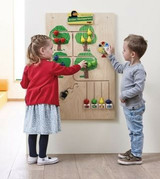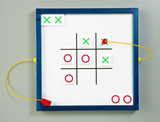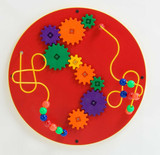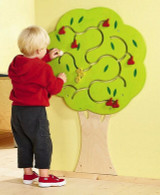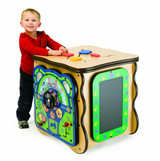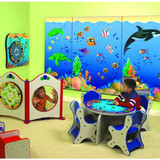Creating a positive waiting experience for children starts with the right kind of play. Our Waiting Room Toys are designed to keep kids engaged, calm, and learning—whether they’re in a doctor’s office, library, hospital, or car dealership. From puzzles and building blocks to musical toys and sensory panels, each option supports creativity, cognitive development, and emotional comfort. Durable, safe, and fun, our toys turn any waiting area into a welcoming space for families.
Products List
-

 - 7%10yr Warranty- 7%10yr Warranty
- 7%10yr Warranty- 7%10yr WarrantyY-Shaped Ball Marble Wall Run Connectors, 3-Piece Set
PS-H1208097Sale: $120.06Price: $128.76Thanks to the Y-Shaped Marble Run Connectors, three marble wall hoses can be connected to one another. That makes the course of the ball more exciting. Use to create longer marble runs. Ball runs are a fascinating way for children to have fun... -

 - 25%Quick Ship- 25%Quick Ship
- 25%Quick Ship- 25%Quick ShipZebra Activity Wall Panel Toy
LA-50681Sale: $59.99Price: $79.99The Zebra Activity Wall Panel Toy is designed for toddlers aged 18m play, this beautifully made, wooden zebra wall panel features 8 hardwood, geometric shapes which nest within their corresponding brightly colored circular cut-outs...

